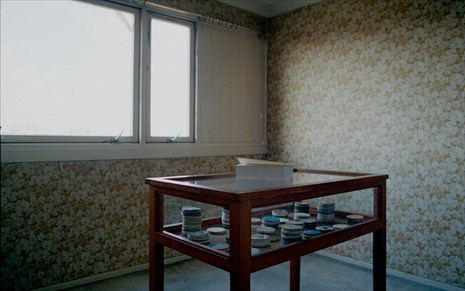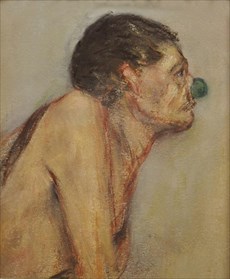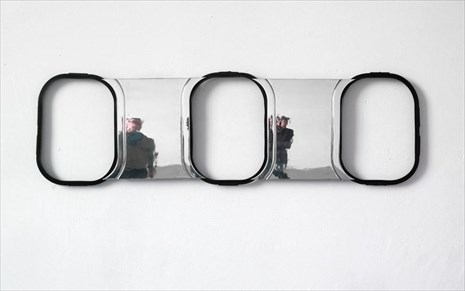Pictures, videos, sculptures, constructions, experimentation with materials and forms, works of art that present complex sensations, "winking" at history and arts. These are the main characteristics of the principal contenders for this year's award of the "DESTE" Foundation established by famous Greek businessman and art collector Dakis Joannou.
The six artists whose works were selected and reached the final present them at the Museum of Cycladic Art. The exhibition will run until 30 September.
The "DESTE" award was established in 1999 as part of the policy of the Foundation to support and promote contemporary Greek art. It is awarded every two years to Greek artists, whether they are living and working in the country or abroad.
A six-member international committee selects the winner, whose name is expected to be announced on 9 September and the award is 10,000 euro.
Maria Theodorakis
Typical of her works are the references, associations and interactions between them. At the same time, they change and interact, and the material object of art is just the pretext and testimony of action.

The public space and the works of other artists act as an open field for action, where Theodorakis develops activities that define and claim one’s own identity in the urban environment.
Elias Papaeliakis
The artist focuses on the concept of the image and its relationship with the physical object, following a search process of figurative painting. He draws fragments of figures or parts of ensembles on small and medium-sized canvases.
Papaeliakis’ works do not have the character of iconographies; they are abstract and shaped by colours. As the artist states, "I use white, black, yellow, red and blue to give shape to the need for yet another new proposal; to paint the hope for yet another new language."

Michail Pirgelis
The designer travels to different countries to find and collect authentic pieces of obsolete aeroplanes, which he processes in a different way each time, keeping the identity of the objects intact. His work explores the fragility of flying and the human desire to defy gravity, which entails also the danger of complete failure.

The archaic dream of flying is represented through minimalistic forms that symbolize the constant technological evolution. Using a modern discourse, Michail Pirgelis opens up new possibilities of looking, thinking and thus acting. The artist creates a "contemporary archaeology," where the aircraft’s pieces are a mix of the past that exist today and are seen in the future.
Kostas Sahpazis

His works are three-dimensional and his practice is based on the performativity of the material as a physical presence and a product of imagination. Gestures, forms, ideas and materials are archived, riven, condensed and finally used to form an object with a constant tendency to reject its own form.
Through the process of assemblage, the sculptural object occurs as a product of a continuous shift of the original idea. Story and myth appear in an indirect way.
Alexandros Tzannis
The main purpose of his works is to speak of time by recalling things that tend to be forgotten.

His manner of work, which is slow and time-consuming, makes this possible as well as the choice of simple materials, combined with futuristic elements, linear drawings, cosmic forms that resemble planets, and neon lights - a combination that creates contrasts, combining different subjects.
Marianna Christofides
Her work explores "recorded realities" through metonymic processes. Images are treated as visual evidence of histories and sites that carry the inherent possibility of revision and reconstruction.

Subtle and symptomatic stories, already separated from their original context, provide the space for a journey, a cross-section using different research methods and time-spaces. Shifts, flash-forwards and metaphors, and the use of various media and methods of production are the key elements of her artistic approach. These journeys take the form of sequences of images, text and objects, which are presented as art installations in space.